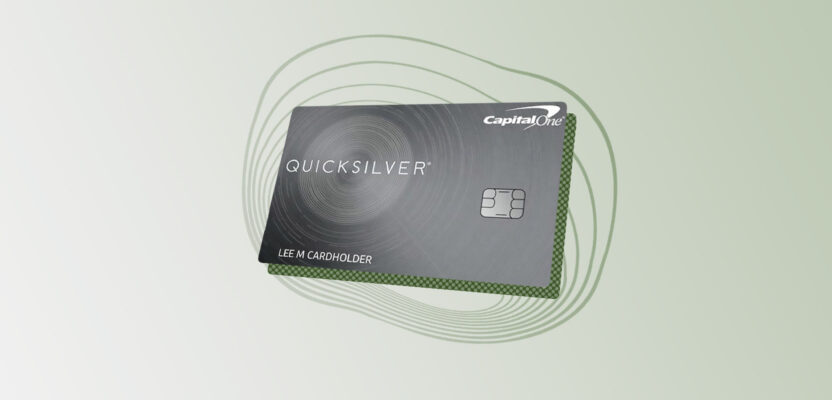
Many products and services are offered by credit card companies. One of the best ways to compare them is to go online. You can find websites that evaluate various products and group them according to their main functions. These sites can be used to search for student credit cards. They will also list their rates as well as benefits. These sites will help you to understand the pros and con of each credit card.
The interest charges charged by different card issuers vary greatly.
The interest charges you pay on your credit card cards will vary depending upon the issuer. Some issuers may charge "teaser charges" (zero percent for the first month) while others can charge up to 40% for the remainder. Individual states may also set interest rates. In states such as South Dakota, where there are no interest rate limits, or Delaware, where the usury laws are weak, the rates may vary widely.
The interest rates charged on credit cards are different for different creditworthiness levels. Certain cards have higher rates for borrowers with less credit while others have lower rates for those who have better credit. The prime rate is what banks charge their highest credit-worthy clients to determine the interest rates.

Interest rates vary widely from card issuer to card issuer
While the average interest rate on credit cards fluctuates widely, it is usually around 17% for the first half of 2019. According to the Federal Reserve and NerdWallet, interest rates on credit cards are based on consumer credit ratings. Lower interest rates are associated to higher credit scores. Credit scores that are higher than average are more likely for consumers to repay their debts.
New regulations regarding credit card charges have caused some banks to increase interest rates while others increased fees. Consumers are advised to compare credit card fees and research their costs.
Benefits of a balance transfer credit card
While balance transfers might seem like a good way to improve credit scores, you need to remember that they do not always produce immediate results. In the event that you fail to make a payment on time, you can end up with more debt and an increase in your debt-to-credit ratio. You may also experience a decrease in credit score due to a balance transfer. This could lead to an increase or decline in your interest rate.
A balance transfer allows you to move your credit card balance onto a card that has a lower interest rate. This will lower your monthly payments as well as help you pay off more of your balance faster. Many balance transfer cards offer introductory periods at 0% APR. These rates can be extended for up to 21 months.

Interest costs on credit card loans
The interest cost of credit card loans can vary depending on how much you borrowed and what type of balance transfer or purchase you made. Your credit score and the credit card issuer can also affect how much interest you get on your credit cards. The APR (annual percentage rate) measures interest expenses over one year.
You must pay interest on credit cards as an ongoing expense. Most issuers calculate interest expenses as an annual percent rate (APR), which can be found in the terms and condition. The APR could fluctuate depending on federal rates. Credit CARD Act of 2009. Forbidden rate increases without prior notice.